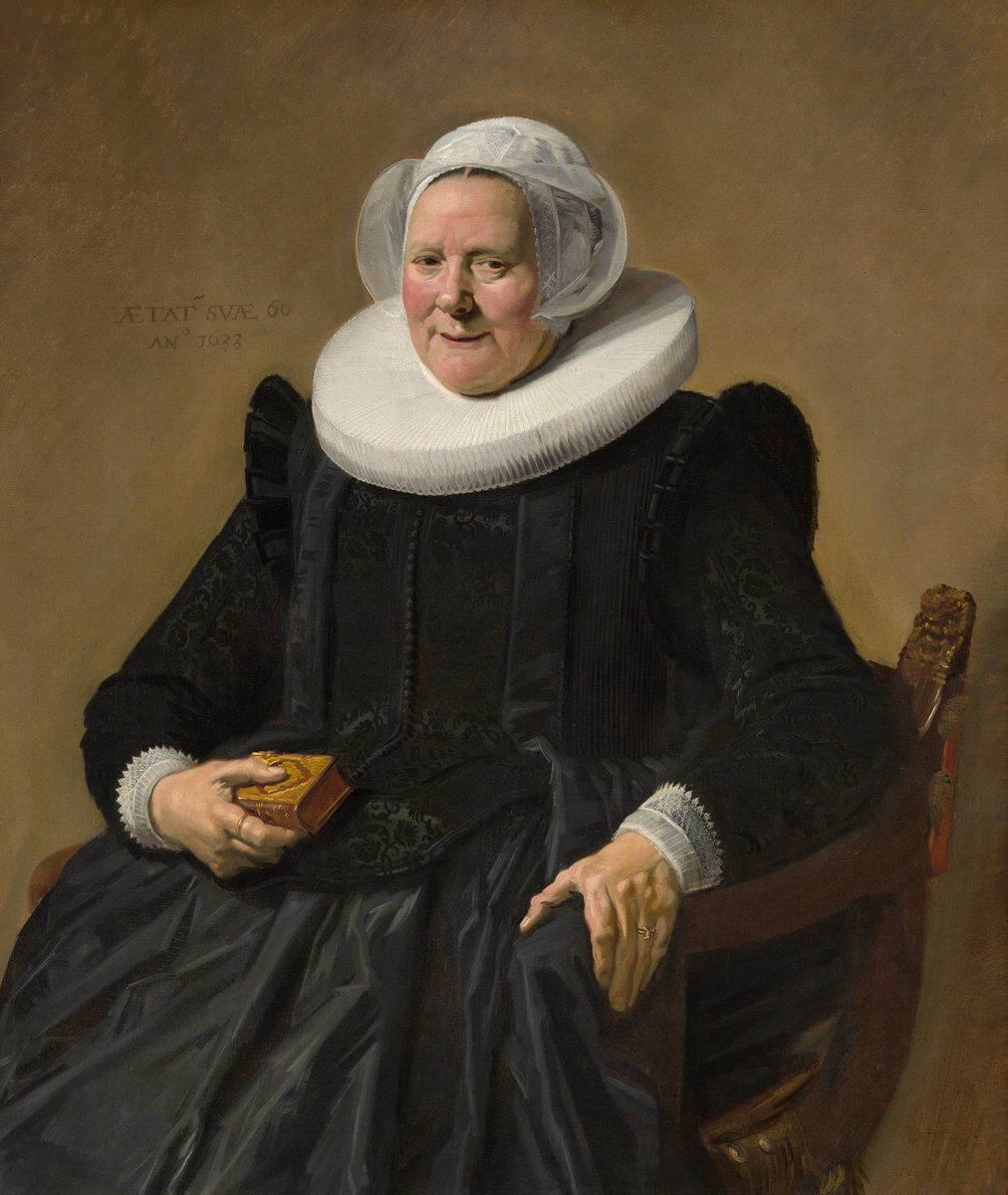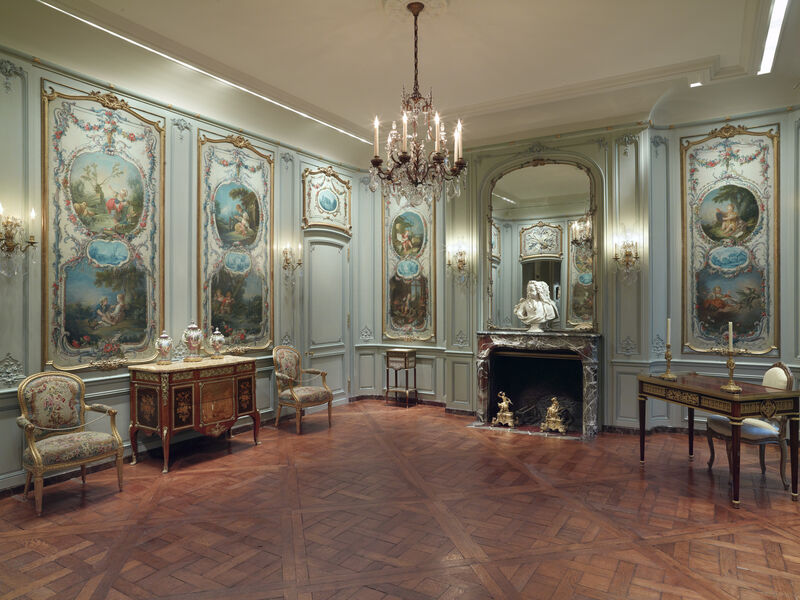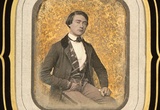Art Market
How Collector Demand Impacts an Artwork’s Value
How do the core economic principles of supply and demand apply to the art market? And what causes collectors to change their relative demand for a given artwork or artist? Leading arts economist Clare McAndrew gives insight into the key drivers at work in the second of four segments from her current Christie’s Education course “Art Market Economics,” which are being published on Artsy.
McAndrew is the author of the influential annual report “The Art Market,” published by Art Basel and UBS, and has written multiple books on the international art market and the financial structures that support and drive it. In this film, she looks at the art market’s unique relationship to price elasticity—that is, the extent to which a change in price alters consumer demand for a given item.
Much of the peculiarity of art as an economic good, McAndrew explains, is due to the unique nature of non-editioned artworks, meaning that regardless of collector demand for a given artwork, a dealer or auction house can’t create additional versions of that work—the work’s scarcity is a key driver of its price. This means that the only variable that can shift immediately is price. You can see this phenomenon in action at auction, for example, when an artwork far exceeds the price estimated by auction-house specialists.
McAndrew also explores how factors like buyer income; changing taste; the performance of other asset classes; and the price of goods that are related to art collecting, like insurance, can influence the amount of art a buyer may desire at a given point in time.
Dr. Clare McAndrew is a cultural economist who specializes in the arts, antiques, and collectibles markets. She is the author of “The Art Market,” an annual report published by Art Basel and UBS.
© Christie Manson & Woods Ltd. 2019.
Thumbnail image: A woman poses for a photograph in front of US artist Kaws Untitled (Kimpsons #3) during Sothebys Hong Kong Spring sales media tour in Hong Kong on March 29, 2019. Photo by Philip Fong/Getty Images.













